Ravensbruck
Not all women found Hitler and Nazism politically attractive, and Himmler decided to open a special concentration camp for women only. About 2,000 female prisoners from the Lichtenburg concentration camp were transported to Ravensbruck in the spring of 1939 to build a camp for themselves. Lichtenburg was one of the first concentration camps established in 1933. The camp was located in an old medieval castle in a small town about 100 kilometers south of Berlin. The camp existed until 1939 when it was finally dismantled and the women of the camp were transferred to Ravensbruck.
In the spring of 1941, a camp for male prisoners was also built. Jews, gypsies, Jehovah’s Witnesses, prostitutes are some of the categories of prisoners who sat in the camp and they were used as slave laborr in small nearby factories and farms. The female part of the camp was guarded by female SS guards who were as brutal in their treatment of the prisoners as their male colleagues. In the spring of 1942, a camp for young women was built about 500 meters from Ravensbruck and called Uckermark.
In the summer of 1942, the camp became an important part of Nazi medical science. The SS doctors began by simulating war injuries on prisoners. For example, unnecessary bone transplants were performed and the prisoners were subjected to gunshot wounds. The injuries were then treated with a bactericidal substance called sulfanilamide to test its effectiveness on gunshot wounds. Women were also subjected to sterilization experiments because the Nazis wanted to keep the women’s working capacity but at the same time make them infertile.
In early 1945, on Himmler’s orders, a gas chamber was built next to the crematorium to kill those prisoners who were unable to work. The gas chamber was destroyed at the end of the war. In late March 1945, Himmler gave permission for the international Red cross to evacuate 500 female prisoners. These were picked up in the so-called White buses to Denmark and Sweden. About 2,500 German prisoners were also released. Just outside the camp there is a long street with large yellow villas where the SS staff lived when they were off duty. About 130,000 people went through the camp during its existence. The Soviet army liberated the camp, 3 May, 1945, and remained there until 1993.
Current status: Partly preserved/demolished with museum (2011).
Address: Strasse der Nationen, 16798 Fürstenberg/ Havel.
Get there: Car.
Follow up in books: Kogon, Eugen: The Theory and Practice of Hell: The German Concentration Camps and the System Behind Them (2006).
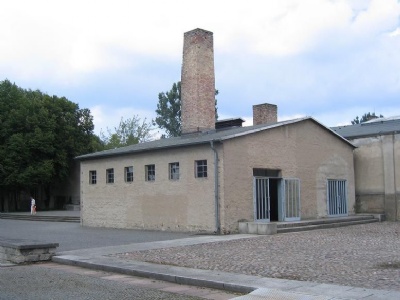

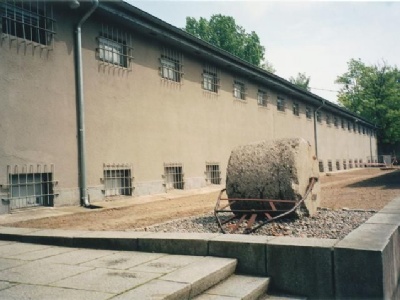
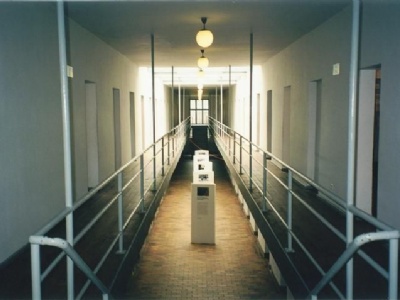
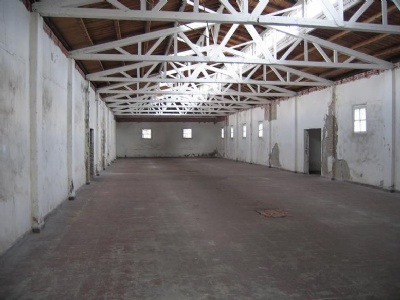
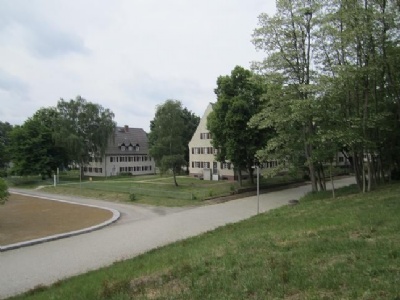
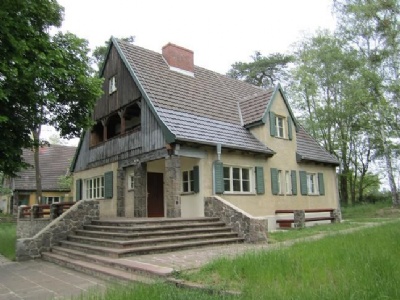
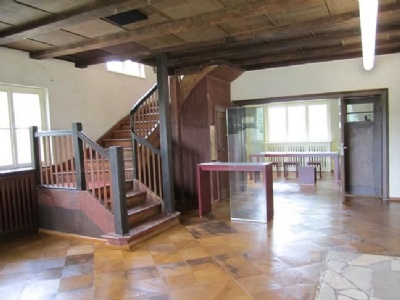
Something that makes this museum interesting is that in 2010 they integrated part of the SS residential area. This area was just outside the camp and consisted of several spacious villas where SS officers lived with their families. After the war, the villas were taken over by the Soviet Red army. When the last Russian troops left Ravensbruck in 1993, the museum used the villas for supplies while others stood empty. Ravensbruck has since it became a museum in the mid-nineties expanded and previously unexplored parts of the camp have become part of the museum. The fact that it took almost twenty years for the museum to include SS residential area as a part of the museum has its explanation. Initially, it was the actual prison camp where the Nazi crimes took place that was the focus.
Exhibit SS officer’s villa was unthinkable, it could create an idea that it was people who lived there and this was not consistent with the demonization created about the bloodthirsty Nazi. But as time goes on, we have learned how to deal with the human psychic and therefore allow us to see the Nazis as human beings and not as demons. It is not about rehabilitating Nazism, but rather shows that people are capable of the most heinous crimes if the right (or wrong) conditions are created. Because the villas were not destroyed or sold to private individuals, it gave the museum an opportunity to show how an SS officer lived with his family. It gives a visual impression of the dual nature that prevailed among the SS officers. At ”work” they were able to commit atrocities against other people and then after ”work” be a caring family father. This part of the museum is in stark contrast to the other part, but it provides a valuable insight into the dual nature of the human being.